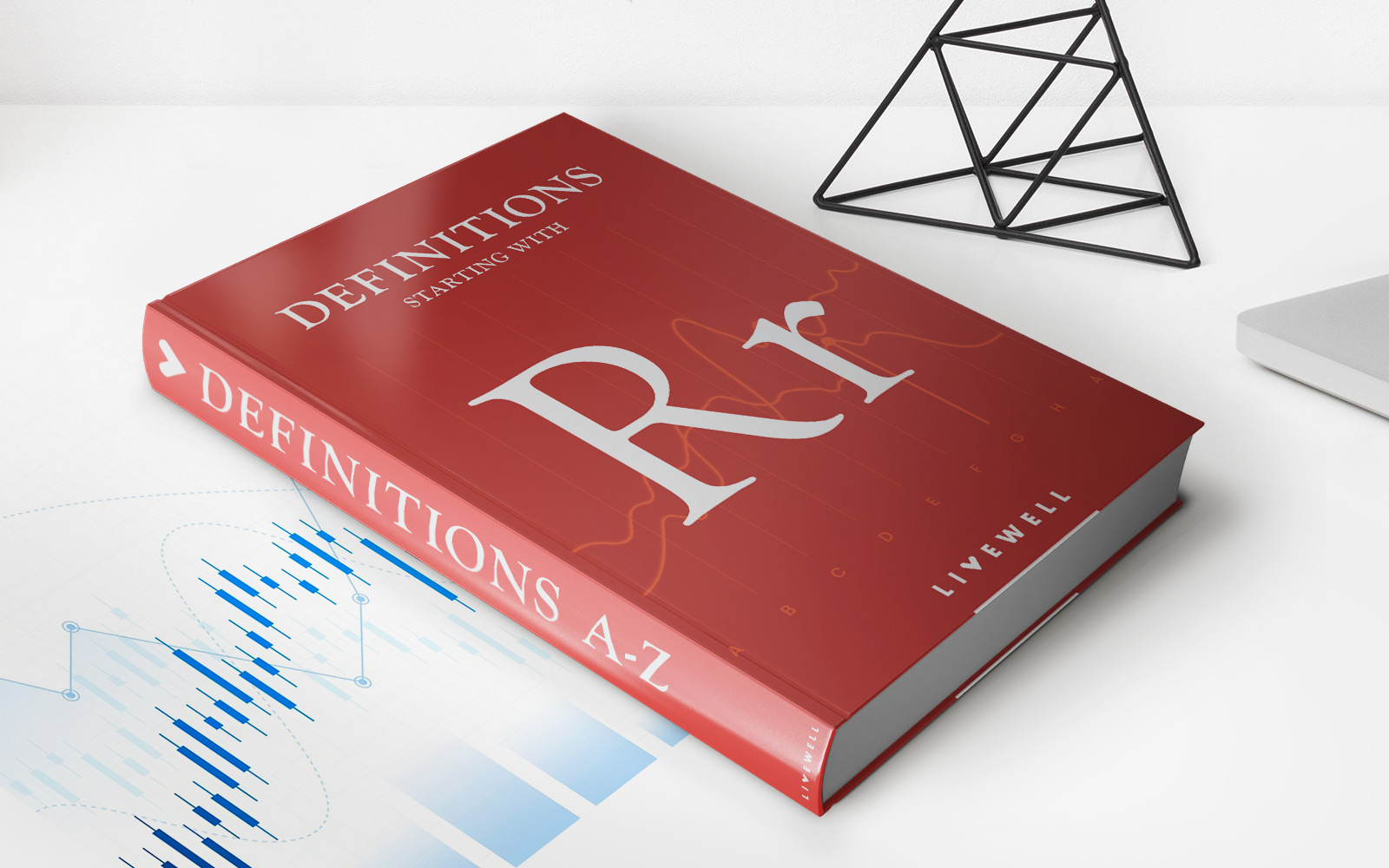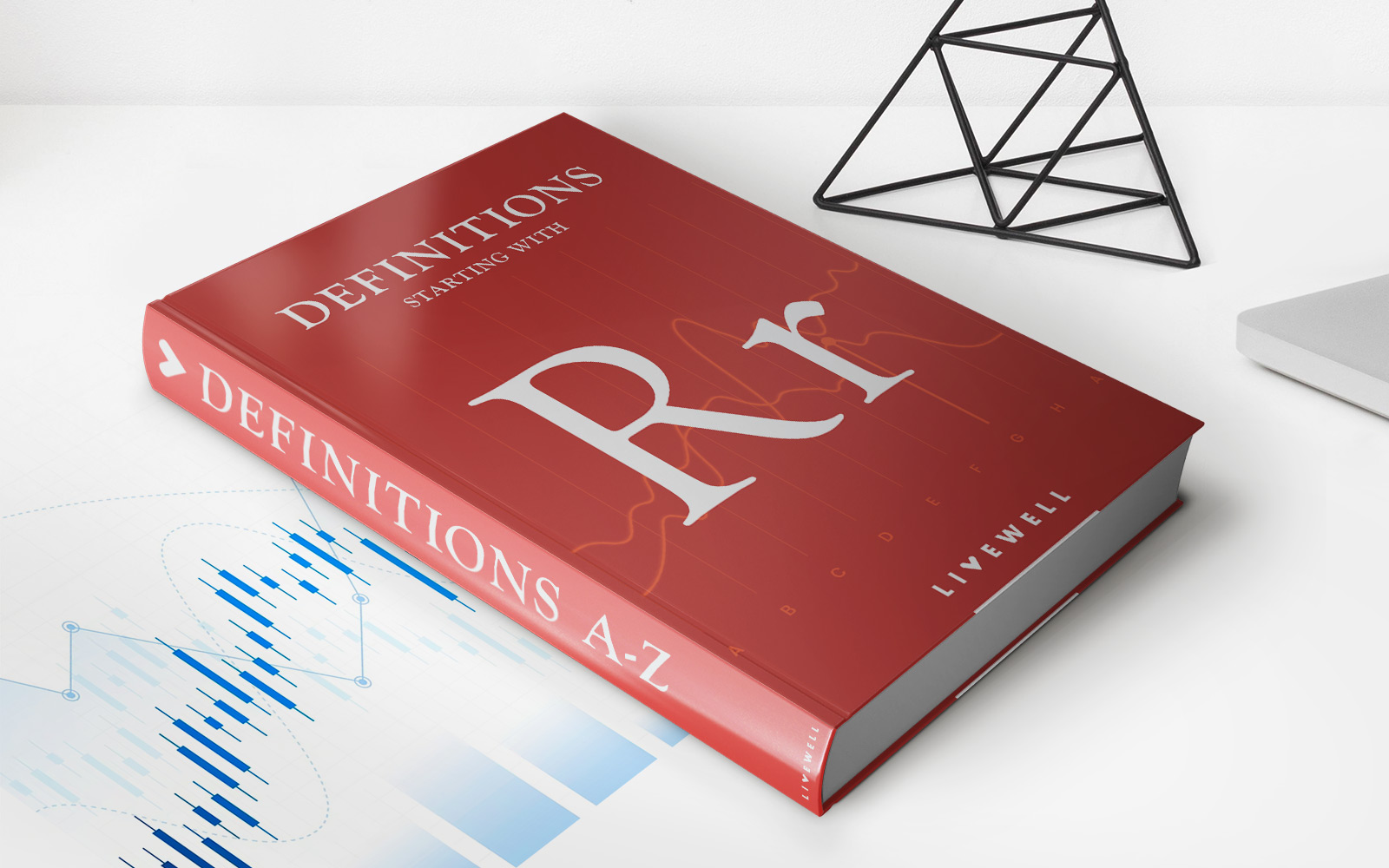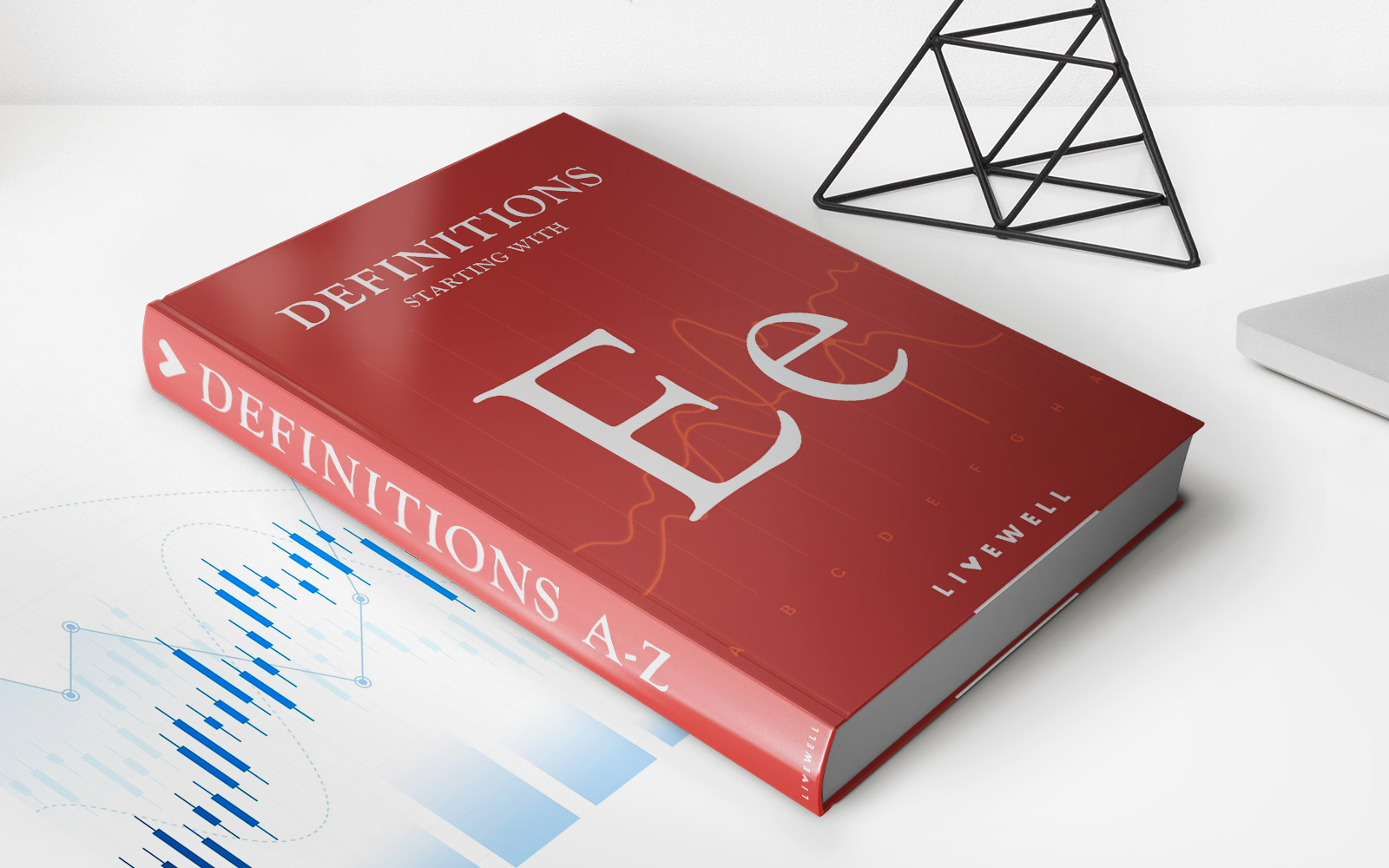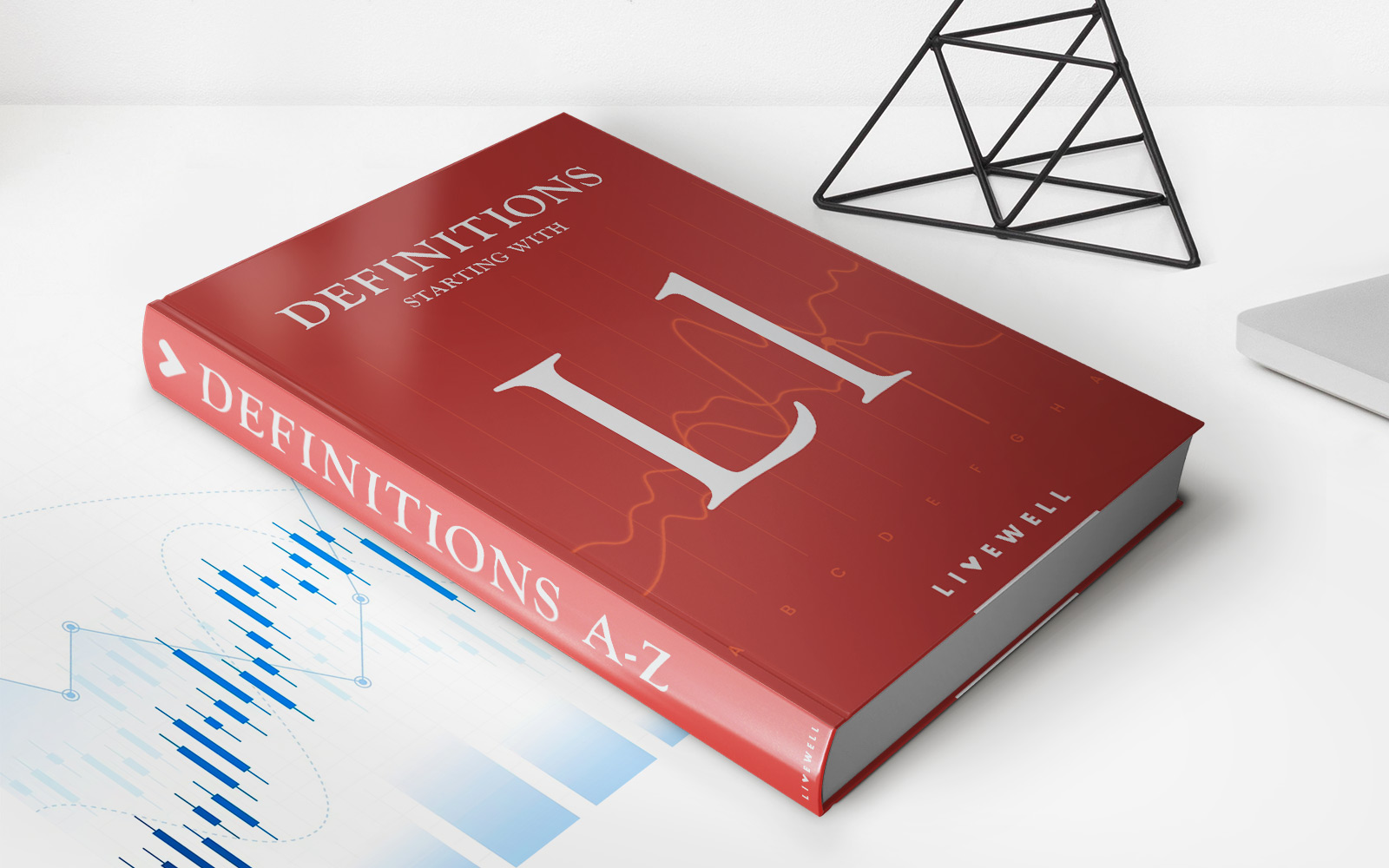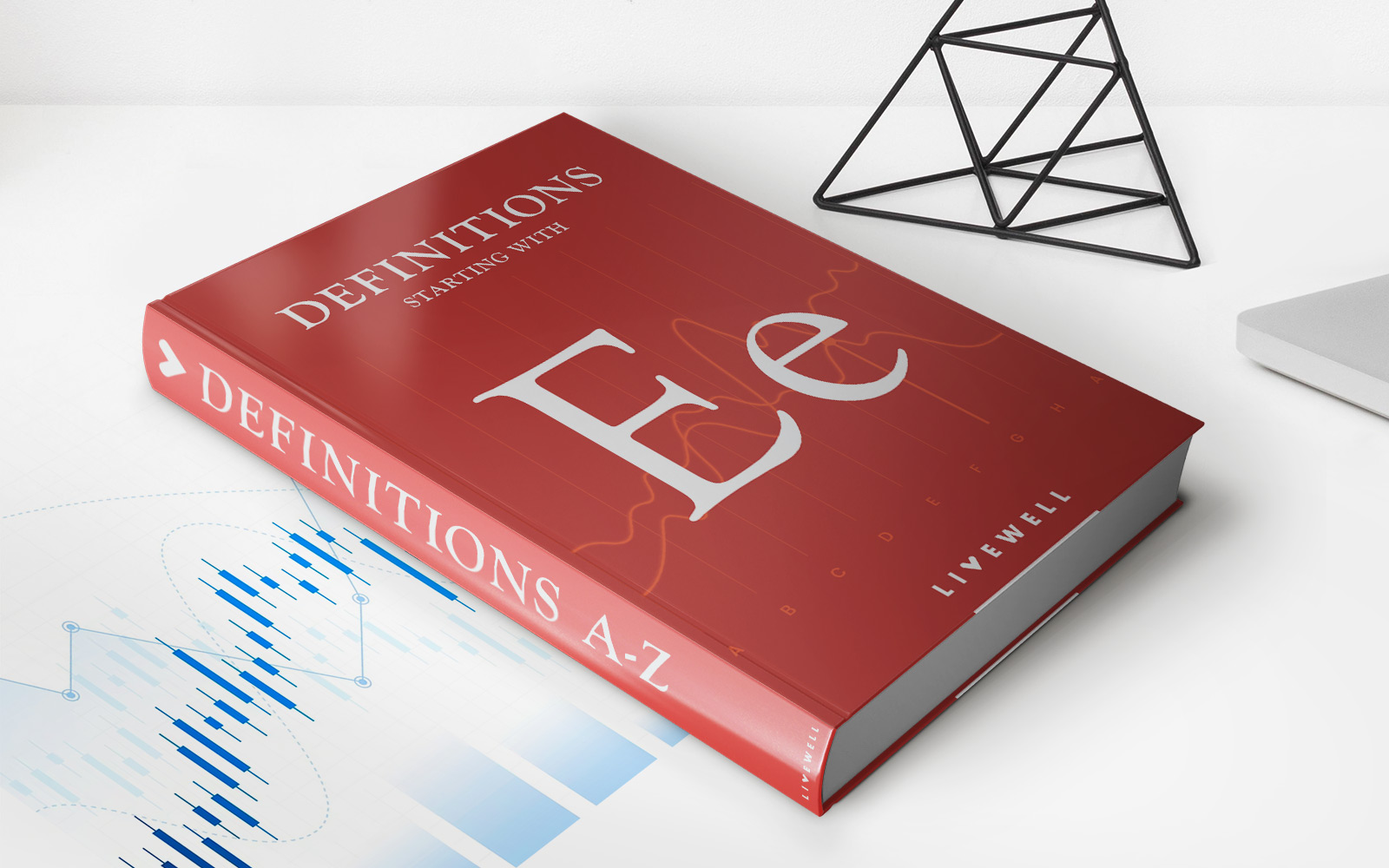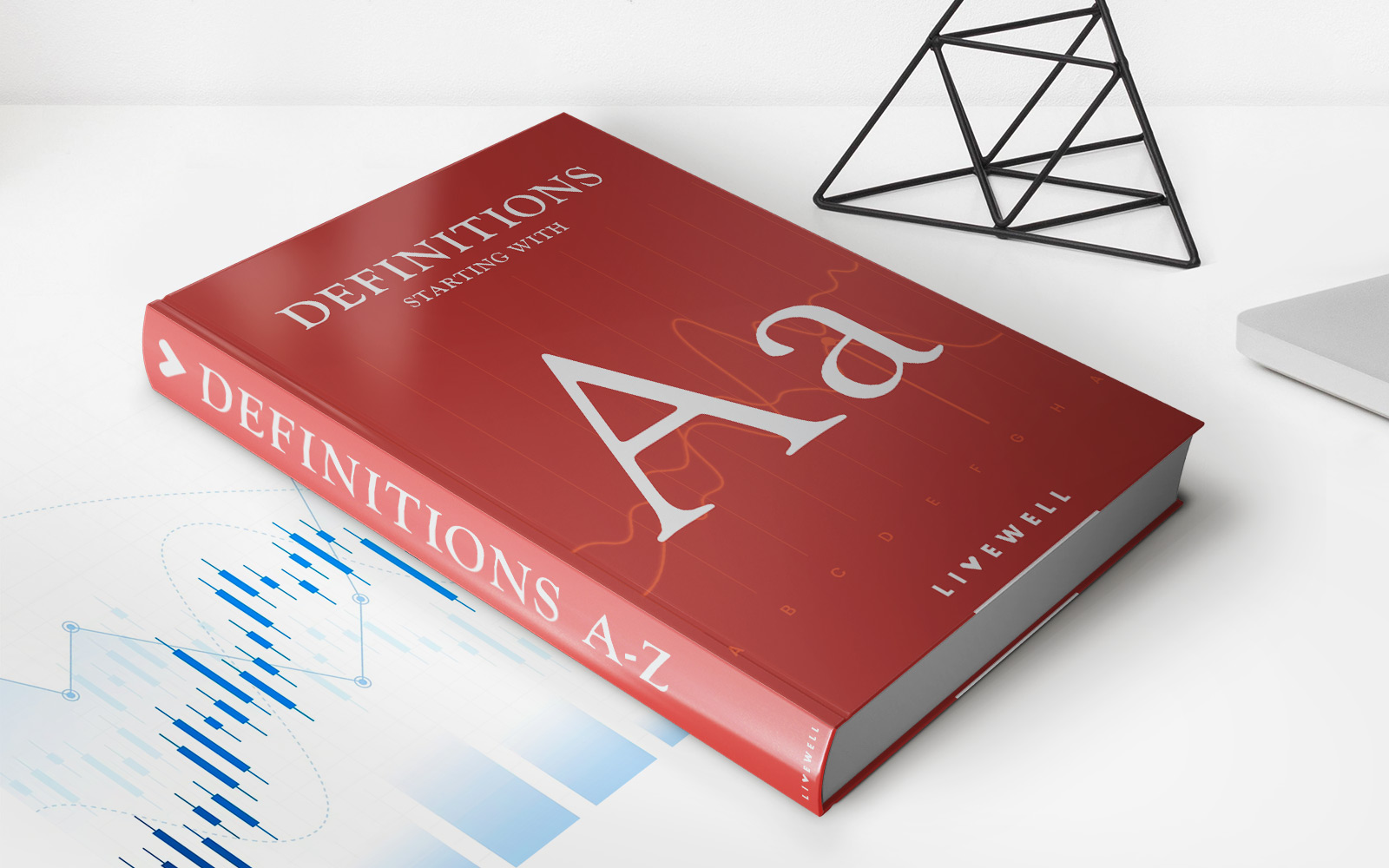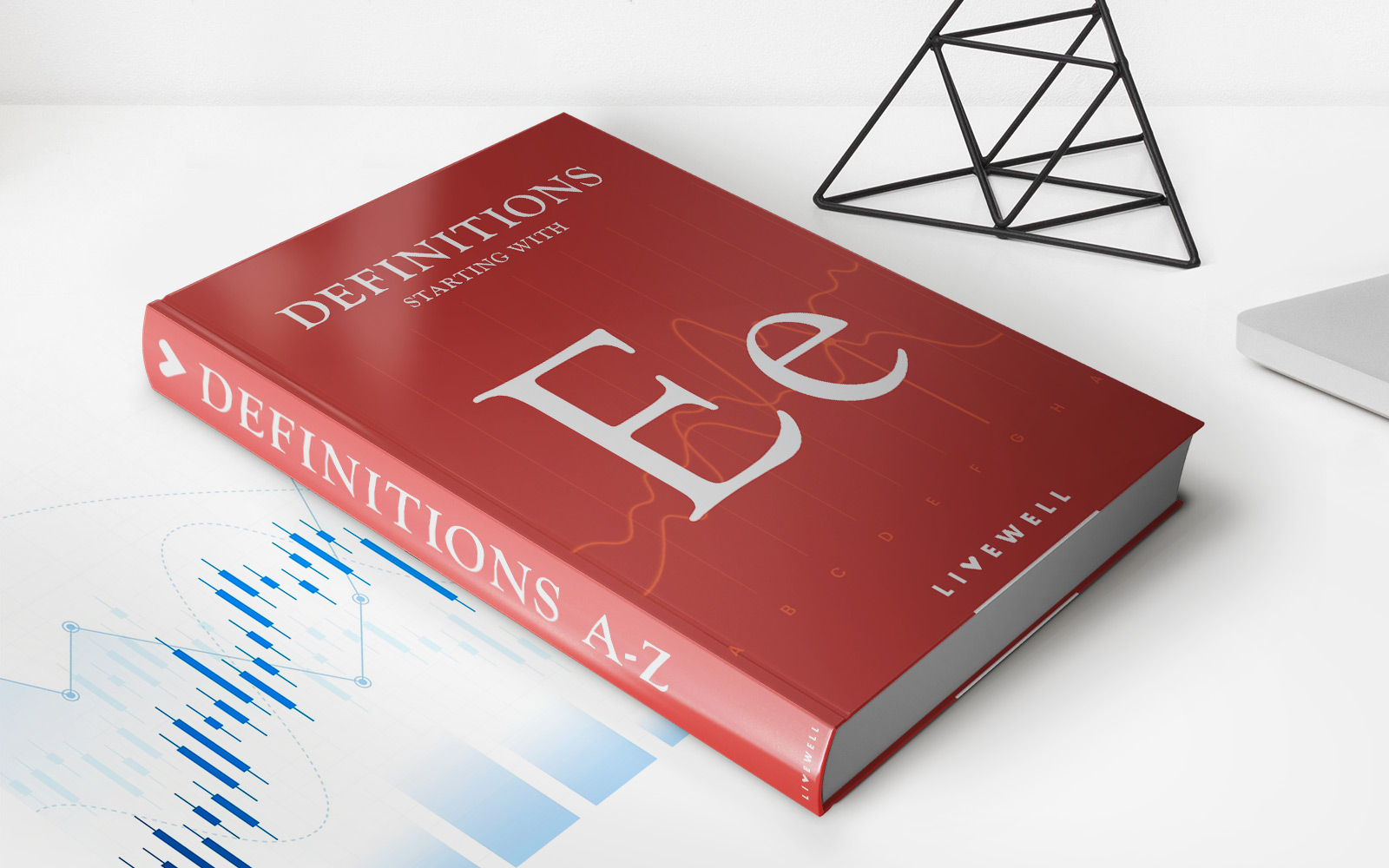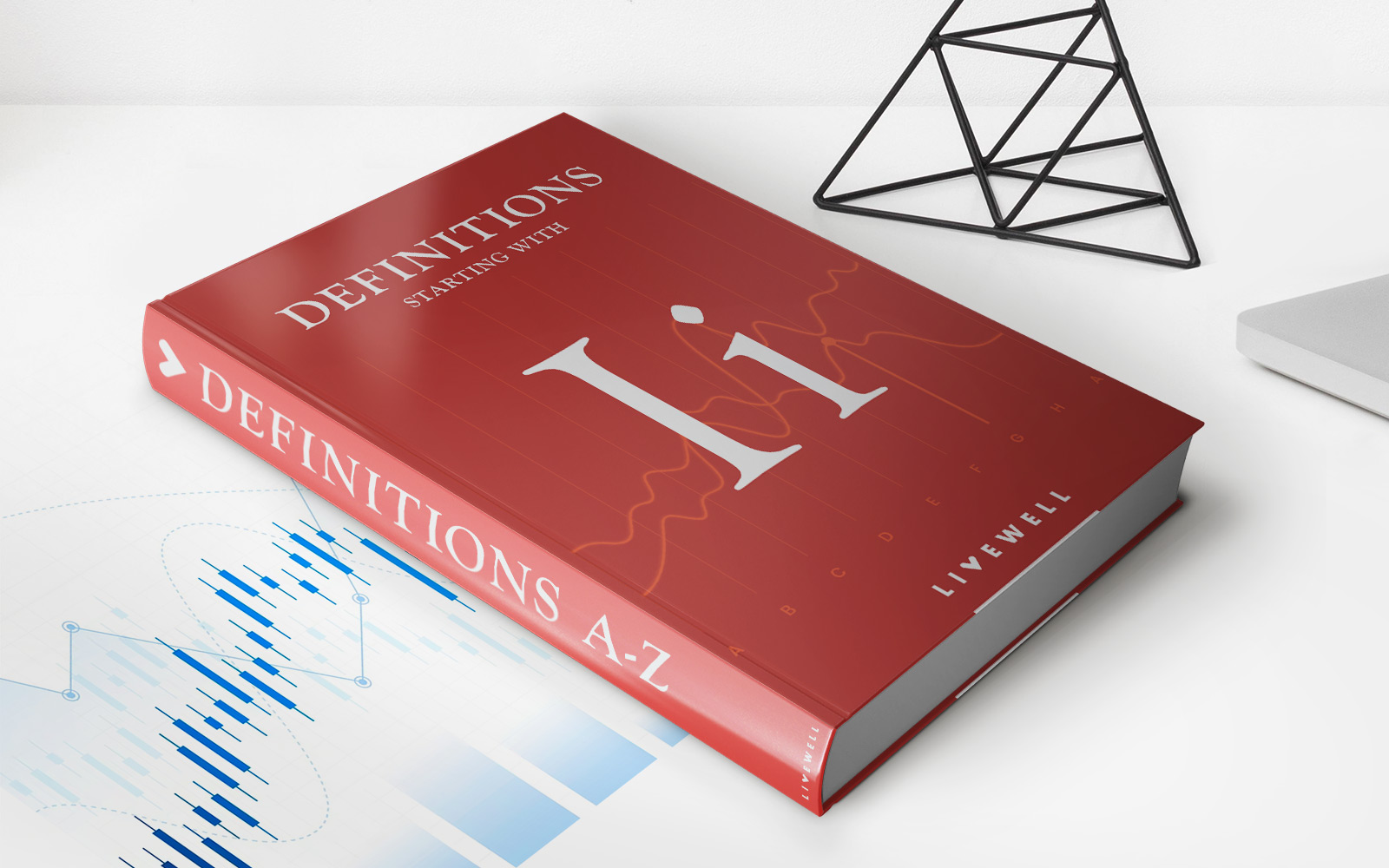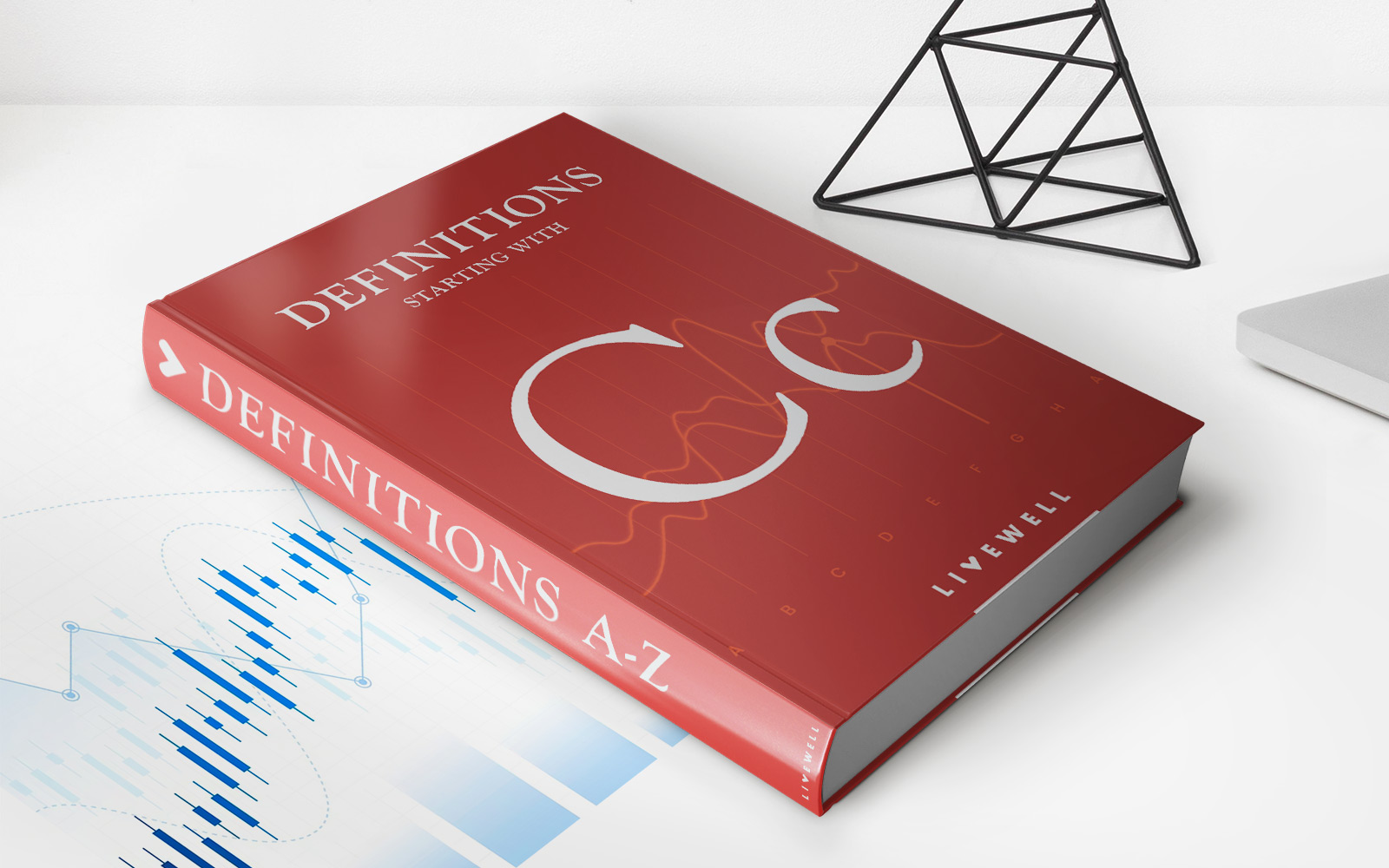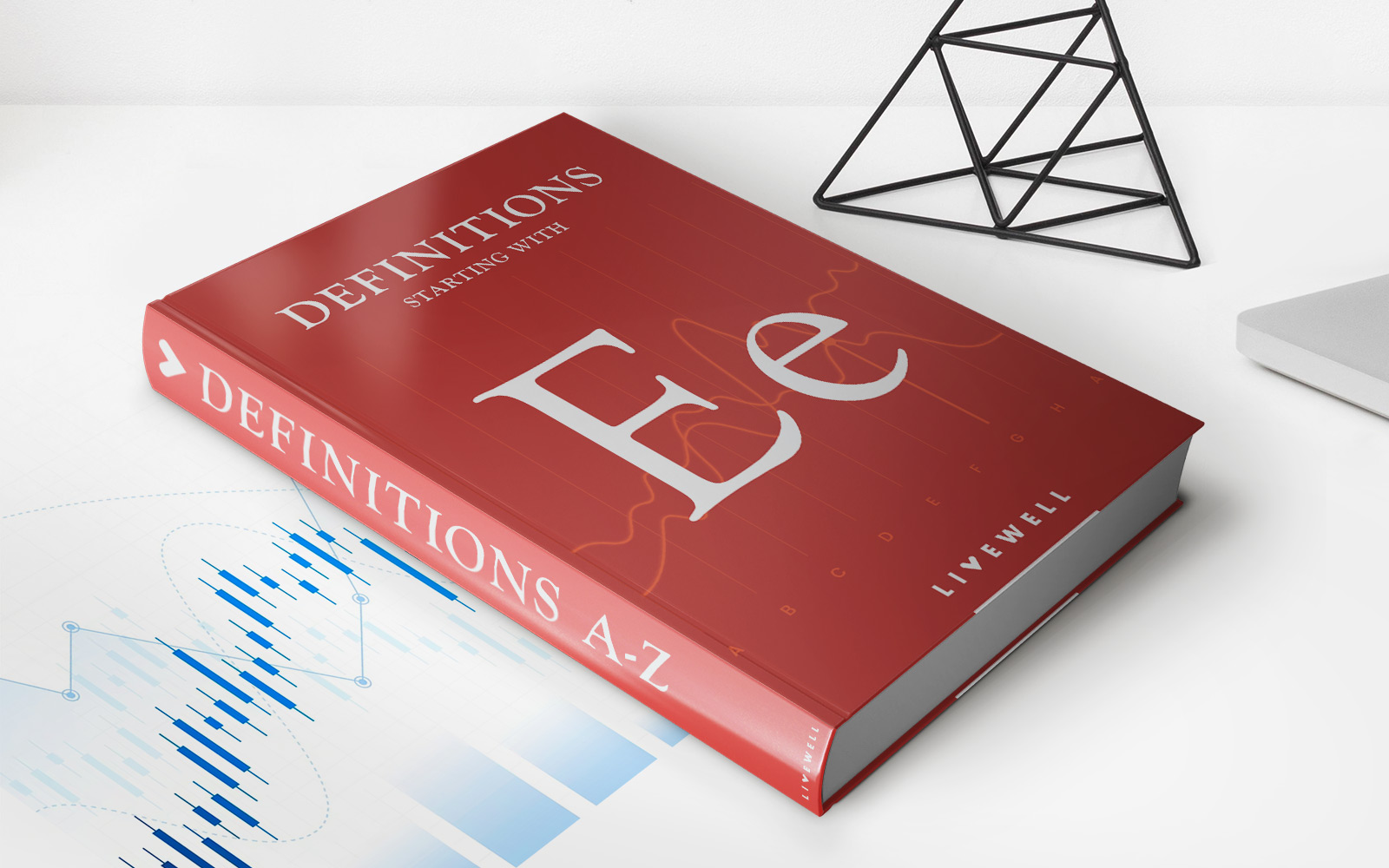

Finance
Economic Equilibrium Definition
Published: November 16, 2023
Learn the economic equilibrium definition in finance and understand its significance in maintaining stability and balance in the financial market.
(Many of the links in this article redirect to a specific reviewed product. Your purchase of these products through affiliate links helps to generate commission for LiveWell, at no extra cost. Learn more)
Economic Equilibrium: Finding Balance in the Financial Universe
Welcome to the Finance category of our blog! Today, we are diving deep into the concept of economic equilibrium. What does it mean? Why is it important? And how does it impact our financial world? In this article, we will explore the definition of economic equilibrium, its key components, and how it shapes various aspects of our lives. So, let’s get started!
Key Takeaways:
- Economic equilibrium refers to a state in which the supply and demand for goods and services in an economy are perfectly balanced.
- There are various types of economic equilibrium, including static equilibrium, dynamic equilibrium, and general equilibrium.
Imagine a world where prices are always stable, markets are free from imbalances, and supply matches demand effortlessly. This ideal state is what economists refer to as economic equilibrium. It is the point at which the forces of supply and demand are perfectly aligned, creating a harmonious balance in the financial universe.
In its essence, economic equilibrium is all about finding the right balance. This balance occurs when the quantity of goods and services supplied matches the quantity demanded, resulting in an optimal allocation of resources. In this state, there is no excess supply or shortage, and market prices reach their “natural” or equilibrium level.
There are different types of economic equilibrium, each serving a different purpose in understanding and analyzing the economy:
1. Static Equilibrium:
In static equilibrium, the supply and demand for goods and services are balanced at a specific point in time. It assumes that market conditions remain unchanged, and there are no significant external factors influencing supply or demand. Static equilibrium provides a snapshot of the present state of the market.
2. Dynamic Equilibrium:
In dynamic equilibrium, the balance between supply and demand is constantly shifting due to changes in market conditions. It takes into account factors such as price fluctuations, technological advancements, population growth, and government policies. Dynamic equilibrium reflects the continuous adjustments that occur in the market over time.
3. General Equilibrium:
General equilibrium goes beyond analyzing a single market and looks at the interdependencies between various markets in an economy. It considers the ripple effects of changes in one sector on other sectors. General equilibrium analysis helps economists understand how changes in one aspect of the economy can have widespread impacts.
Understanding economic equilibrium is crucial as it enables economists, policymakers, and businesses to make informed decisions. Here are a few key implications of economic equilibrium:
Implication 1: Price Stability
- Economic equilibrium plays a vital role in achieving price stability in the market. When supply and demand are balanced, prices tend to stabilize, reducing volatility and uncertainty.
Implication 2: Efficiency in Resource Allocation
- Economic equilibrium ensures efficient allocation of resources. When supply matches demand, resources are utilized optimally, avoiding wastage or shortages.
In conclusion, economic equilibrium is the delicate balance between supply and demand that serves as the foundation of our financial world. It is the state in which markets function optimally, ensuring price stability and efficient resource allocation. By understanding economic equilibrium, we gain insights into the complexities of our economy and make informed decisions that support sustainable growth and prosperity.
We hope this article has provided you with valuable insights into the concept of economic equilibrium. If you have any questions or want to dive deeper into the topic, feel free to explore our Finance category or leave a comment below. Stay tuned for more informative articles on various financial topics!
